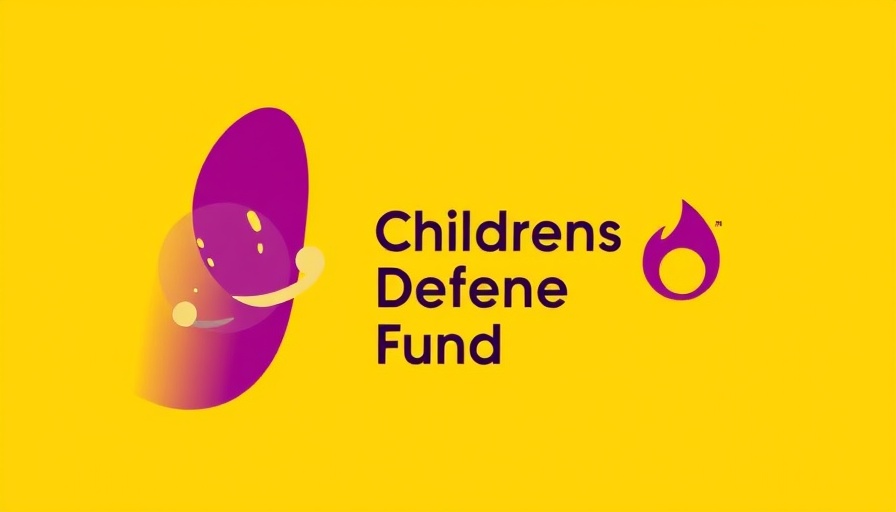
Bills and Budgets: Crippling Future Generations
The recent passage of the budget reconciliation package known as H.R. 1 by the U.S. House of Representatives has ignited a wave of criticism from child advocacy groups like the Children's Defense Fund (CDF). This legislation, branded as a 'Big Beautiful Bill,' comes at the expense of fundamental supports for families and children. The implications of this measure extend far beyond political lines, affecting the lives of millions of vulnerable children across the nation.
Understanding the Impact on Family Welfare
According to the Children’s Defense Fund, the heart of the concern lies in the proposed cuts to critical programs that serve as lifelines for families. These include Medicaid, the Children’s Health Insurance Program (CHIP), and the Supplemental Nutrition Assistance Program (SNAP). As legislators label such cuts 'necessary austerity,' many families view them as a direct threat to their livelihoods and well-being.
For instance, consider the proposed elimination of the vital Child Tax Credit (CTC). This credit recently benefited 17 million children, supporting families struggling to make ends meet. With the reclassification of these families as 'ineligible' and 'undeserving,' the future well-being of many children hangs in precarious balance.
Counterarguments: The Other Side of the Bill
Supporters of H.R. 1 argue that these budget cuts are essential for economic growth, proposing that by reducing taxes for wealthier Americans and corporations, jobs will be created and businesses will thrive. They emphasize that fostering a climate for investment will indirectly lead to better job opportunities for individuals, which they claim will, in turn, support families in the long run. However, this perspective raises important questions about prioritization of corporate interests over the foundational needs of children and families.
Emotional Impacts: Listening to Affected Voices
The announcement of such significant reductions stirs anxiety and fear among families. Many parents in Denver—especially those married with children—express concern over how these budget changes may hinder their ability to provide basic necessities. One Denver parent shared, "With rising costs in everything from groceries to health care, we can’t afford to lose any more support. Our kids deserve better than this."
Exploring the Broader Context: Poverty as Policy
The Children’s Defense Fund succinctly states, "Poverty is a policy choice." This powerful statement sheds light on how the most vulnerable groups in society should be prioritized within our budget frameworks. Strikingly, research shows direct correlations between the amount of support children receive and their long-term outcomes, reinforcing the importance of providing for their needs.
Studies indicate that access to quality healthcare, nutritious food, and supportive housing plays a crucial role in breaking the cycle of poverty. If these programs are cut, not only do we risk the immediate health family situations, but we inevitably endanger the future prospects of those children as well. In viewing budgets as reflections of our values, the decision processes around policies like H.R. 1 demand scrutiny.
Looking to the Future: Choosing a Better Path for Families
If nothing else, the passage of H.R. 1 has highlighted the urgent need for a reevaluation of national priorities. Advocacy groups stress that, moving forward, it will be crucial to center policy discussions around uplifting children and their families rather than sidelining them in favor of corporate gain.
As families in Denver and across the nation engage in this dialogue, there’s an opportunity to redirect societal values back toward those who need it most. As budgets are debated, citizens can lend their voices to push for reformed policies that prioritize comprehensive child welfare, healthcare, and educational support, ensuring that all children can thrive.
Call to Action: Advocate for Children’s Rights
The passage of H.R. 1 serves as a wake-up call for families to engage actively in the political process. Now is the time for parents and advocating citizens to consult their local legislators, urging them to prioritize children's welfare in upcoming budgets. It’s critical that we advocate for a future where children are supported, their rights are protected, and their potential is unbounded.
The strength of a nation is defined by how it nurtures its children—let's remind our representatives of this responsibility.
 Add Row
Add Row  Add
Add 




Write A Comment